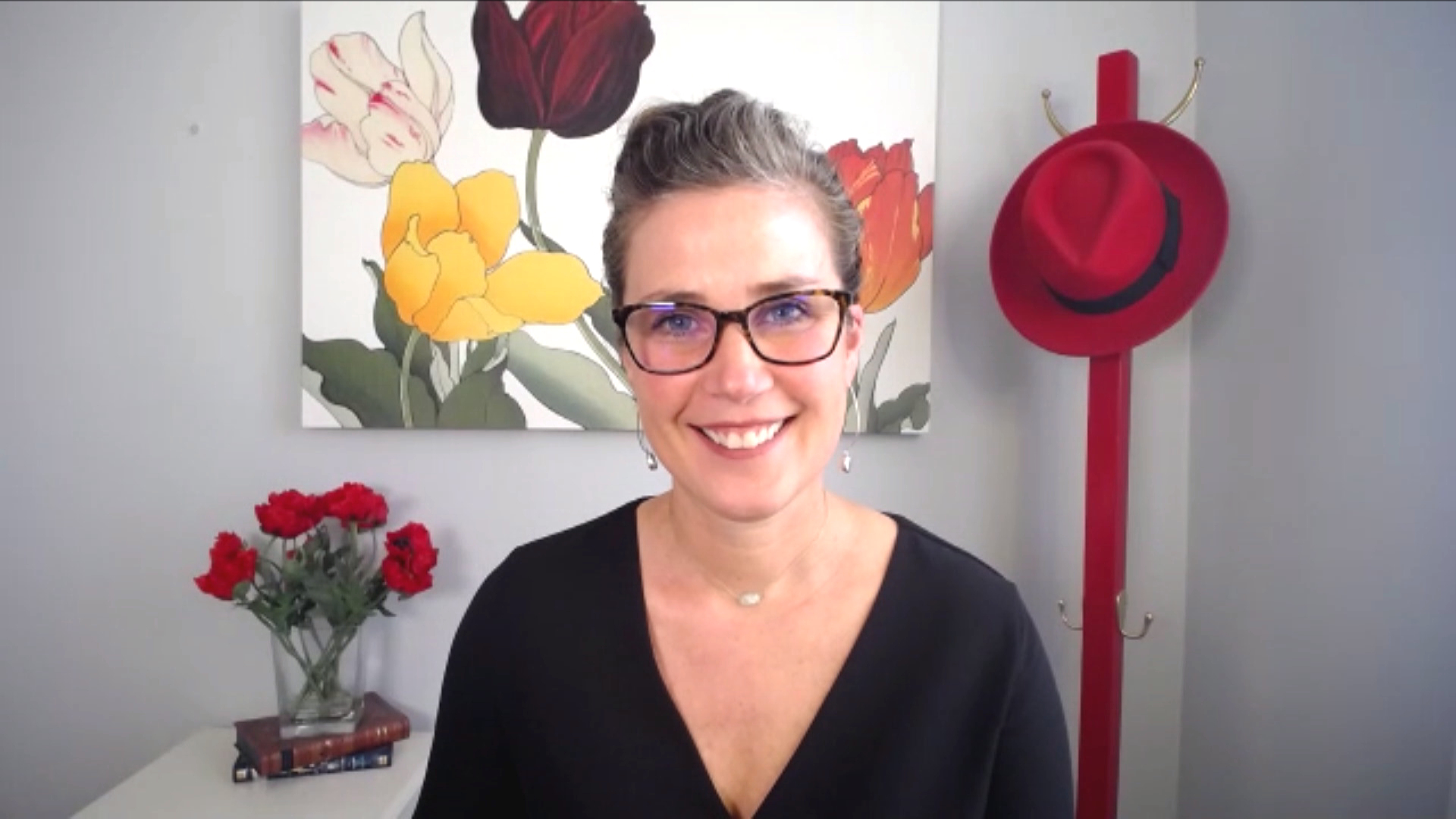 EMERGING TECH
EMERGING TECH
 EMERGING TECH
EMERGING TECH
 EMERGING TECH
EMERGING TECH
Open hybrid cloud has been a focus of Red Hat Inc. for almost a decade. Long before it became part of the mainstream technology conversation, Red Hat saw the inherent possibilities of allowing customers to choose what applications they run, where and how.
Now, the Red Hat team is extending its open hybrid cloud strategy to embrace edge computing, and specifically industrial edge.
“We are doubling down on edge within our portfolio … bringing forward the Red Hat Edge brand,” said Stefanie Chiras (pictured), senior vice president and general manager of the RHEL Business Unit at Red Hat Inc. “It’s going to be our collection point to shine a spotlight for how the features and functions in our portfolio can come together and be used to deliver in edge deployments.”
Chiras spoke with John Furrier, host of theCUBE, SiliconANGLE Media’s livestreaming studio, during Red Hat Summit. They discussed the maturation of open hybrid cloud, the release of RHEL 8.4 and how Red Hat is supporting industrial edge deployments. (* Disclosure below.)
“Edge is one of those things that it’s been hard for people to wrap their head around,” Chiras stated.
This is because edge is much more than connected devices and mobile phones. Edge is also critical for enterprise, enabling not only telco deployments but functions from data aggregation to decision-making. However, as public understanding of edge increases, so too does comprehension of what edge can do.
“We’re starting to see a real maturity in how the world views edge to be able to compartmentalize what enterprise edge can do, how edge can change operational technologies, as well as how edge can change kind of our daily lives,” Chiras said.
RHEL 8.4, released during Red Hat Summit, has new features and upgrades that support enterprise edge. “You’ll see things like the ability in RHEL to create streamlined operating system image generation,” Chiras stated.
Managed into container images, it makes “container magic,” enabling the repeated deployment of images and applications out to the edge. This has become a key need in edge. “We’ve simplified [image generation] so operations teams can meet the scale of their fleets and deploy it in a super consistent way,” Chiras said.
Developers are also getting an increased ability to share container images with upgrades to Universal Base Image. This is a collection of fully redistributable user space packages that enable developers to create container images and redistribute them when they run on OpenShift or RHEL.
“It allows for a lot of freedom and flexibility with Universal Base Image to expand where we can go and help folks create, deploy and develop their applications,” Chiras stated.
Other announcements include that RHEL Image Builder has been updated to create customized installation media, simplifying bare-metal deployments.
“Out at the edge where it’s really small, bare-metal deployments where you can bring that container right onto their bare-metal … that brings a lot of value,” Chiras stated.
And the RHEL container engine Podman now has automated updates, improving security by making sure the latest fixes and application updates happen without needing user input.
Industrial uses of edge are increasing, according to Chiras. And automotive, industrial and other operational technology deployments require high levels of functional safety. Red Hat is aiming to become the OS to fulfill this role.
“We’re working with a company called exida LLC who’s a leader in this space for functional safety, for how do we bring that level of security and certification into the RHEL space when it’s deployed out there at the edge,” Chiras stated.
Longtime Red Hat partner Alstom SA. is one industrial use-case example. “From high-speed trains to metros to monorail, they have built their whole strategy on RHEL and Ansible Automation Platform,” Chiras said.
RHEL is the “operating system that hits bare-metal, open hybrid cloud, edge, public cloud and across the enterprise,” Furrier said, positing that Red Hat is looking to power the next generation of cloud.
“Absolutely,” Chiras agreed. “It’s part of the reason we build our portfolio the way we do. RHEL CoreOS is part of OpenShift, and that consistency delivers into the platform. And then both of those can then serve the applications that you need to deploy.”
Watch the complete video interview below, and be sure to check out more of SiliconANGLE’s and theCUBE’s coverage of Red Hat Summit. (* Disclosure: TheCUBE is a paid media partner for Red Hat Summit. Neither Red Hat Inc., the sponsor for theCUBE’s event coverage, nor other sponsors have editorial control over content on theCUBE or SiliconANGLE.)
Support our open free content by sharing and engaging with our content and community.
Where Technology Leaders Connect, Share Intelligence & Create Opportunities
SiliconANGLE Media is a recognized leader in digital media innovation serving innovative audiences and brands, bringing together cutting-edge technology, influential content, strategic insights and real-time audience engagement. As the parent company of SiliconANGLE, theCUBE Network, theCUBE Research, CUBE365, theCUBE AI and theCUBE SuperStudios — such as those established in Silicon Valley and the New York Stock Exchange (NYSE) — SiliconANGLE Media operates at the intersection of media, technology, and AI. .
Founded by tech visionaries John Furrier and Dave Vellante, SiliconANGLE Media has built a powerful ecosystem of industry-leading digital media brands, with a reach of 15+ million elite tech professionals. The company’s new, proprietary theCUBE AI Video cloud is breaking ground in audience interaction, leveraging theCUBEai.com neural network to help technology companies make data-driven decisions and stay at the forefront of industry conversations.